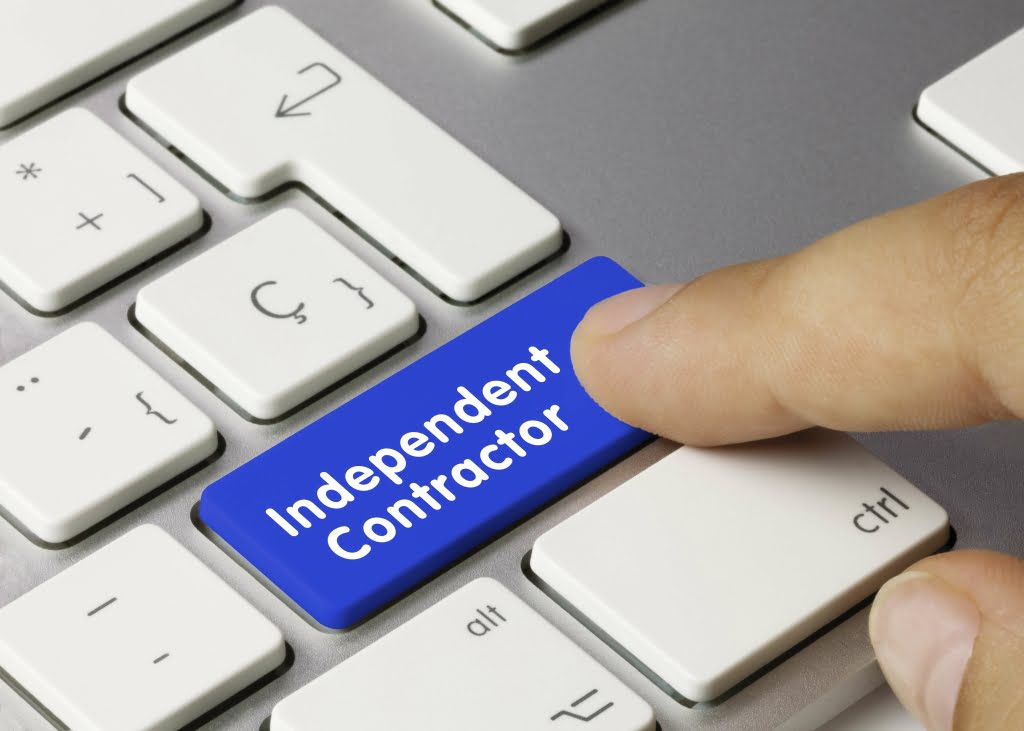
Storing stock that no one wants can turn warehouse shelves into expensive graveyards for your capital. Obsolete inventory is the silent profit killer lurking in many businesses, draining resources without mercy. An inventory write-off can help you reduce your tax liability, https://www.careerresource.net/the-impact-of-billing-in-arrears-on-subscription/ which involves taking the inventory off the books when it is identified to have no value and, thus, cannot be sold.
Poor inventory forecasting

The end goal always needs to be zero obsolete inventory so that the bottom line remains efficient and that businesses can drive their sales and revenue with effective inventory management. Build your supply chain in a manner that leaves little to no room for obsolete inventory but even if it does occur, you have mechanisms in place to manage them or to write them off eventually. The culprit may be previously purchased product arriving from areas with supply chain constraints, purchasing too much, or overly optimistic forecasting. But unforeseen shifts in the marketplace what to do with obsolete inventory or technology may also result in overstock.
Remarketing items
FIFO helps push older stock out first, which is ideal for items with limited shelf life. Declining interest signals a need for markdowns or removal before the item becomes unsellable. Many teams operate without a modern inventory management system, making it hard to see which items are aging out. To account for this decrease in value, we write down or entirely write-off such items in our accounting records and recognize a loss. Slow-moving and obsolete Inventory can become a significant problem for many businesses. The rate at which inventory items can turn obsolete will differ, depending on what the product is and its industry or marketplace.
Obsolete Inventory Management: How to Prevent Obsolete Inventory?

This can only be solved with effective logistics and freight management and building trust with suppliers. Bad suppliers and their malpractice can also lead to delays and inaccuracies that can lead to obsolete inventory and high storage costs for you. The company that manufactures the car announces that it is closing the production of that particular model for which you are selling the auxiliary parts. Naturally, if they stop the production, they don’t need the raw materials and you would be left with excessive stock that no one wants to buy.
Modern Techniques for Effective Journal Entries in Accounting
Businesses may end up with obsolete inventory when they fail to accurately forecast demand based on historical sales data, market trends, and other factors. The system includes configurable aging dashboards that provide granular visibility at both the SKU and lot levels. These dashboards alert finance and operations teams when items cross custom excess and obsolete inventory benchmark thresholds, enabling proactive management before small issues become major write-offs. Multi-warehouse businesses can reduce excess and obsolete inventory through intelligent redistribution protocols.
- You may also involve your auditors, or even the respective tax authorities, as there might be some local limits or requirements.
- Since expired medical products cannot be legally sold, the entire batch must be written off as obsolete inventory, resulting in both financial loss and additional disposal costs.
- We do so by recognizing an expense for the write-down and an Obsolete Inventory Provision.
- Regular audits, inventory tracking, supplier coordination, and promotional strategies can help businesses stay ahead and avoid financial losses caused by dead stock.
- It is essential to consider any possible seasonality for the business, as it will heavily impact our analysis.
- In this section, we will discuss the accounting practices surrounding obsolete inventory, focusing on write-downs, write-offs, contra asset accounts, and expense accounts.
- If you’ve overstocked on products that were once in high demand, it’s easy for that stock to become unsellable when interest wanes.
- Overproduction can occur for a variety of reasons, including misaligned production schedules, inaccurate demand forecasting, or inefficient production processes.
- As a last resort, obsolete inventory that cannot be sold, repurposed, or donated may need to be written off or scrapped, minimizing the ongoing carrying costs and freeing up valuable resources.
- If your spare parts aren’t functional when you need them, your equipment will experience unexpected downtime.
- For example, clothing items from last season can be donated to local charities.
- Additionally, it can help to maintain customer loyalty and goodwill by offering them a good deal on products they may still want or need.
- Limited warehouse space may necessitate the disposal of old stock and materials to make room for new inventory or more profitable products.
As a result of the shutdown, we wanted to notify you that many of our services supporting small businesses are currently unavailable. Identifying inventory is the first step to preventing it from becoming obsolete. With Katana’s powerful tools, you can rest assured that your inventory is always optimized for maximum efficiency and profitability. If you were the manufacturer of mobile phone antennas, you were likely left with a lot of obsolete stock when smartphones started getting smaller and no longer needed external antennas. People’s tastes can change quickly, and what was once popular may no longer be in demand.
Lack of Transparent Business Operations

Keeping a real-time check on inventory levels prevents stock from becoming obsolete. This proactive measure allows managers to respond swiftly to any signs that product demand is changing or technology is evolving. With precise predictions, companies can make informed decisions about procurement, manufacturing levels, and marketing efforts. This proactive approach not only minimises the risk of overstocking but also aligns production schedules with customer demand. This process not only frees up valuable warehouse space but also provides an opportunity to recover part of the investment Restaurant Cash Flow Management in outdated products. Effective liquidation channels might include auction websites, outlet stores, or selling directly to liquidators who specialise in moving such goods.
This reduction in gross profit can have a cascading effect on other financial metrics, such as operating income and net profit, ultimately impacting the company’s overall profitability. Understanding the nuances of obsolete inventory accounting begins with recognizing the different types of inventory that can become obsolete. Raw materials, work-in-progress items, and finished goods can all fall into this category if they remain unsold or unused for extended periods. The reasons for obsolescence can vary widely, from technological advancements rendering products outdated to shifts in consumer demand making certain items less desirable. In cases where obsolete inventory cannot be sold, repurposed, or donated, scrapping may be the only viable option.

 +1-888-843-5849
+1-888-843-5849

